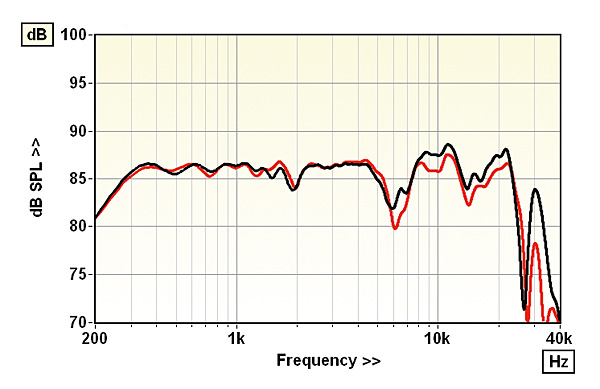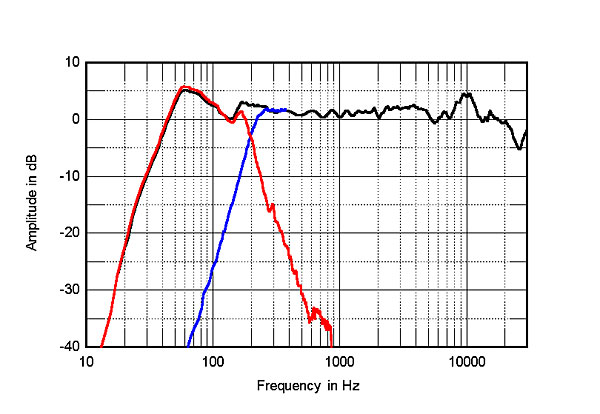According to the thead poll, there is only a slight advantage with 11 votes for audible differences between missmatch of L/R loudspeakers . 10 votes for not a big problem and not audible .
Iˋm slightly shocked by this result.


.
10 people obviously dont care for good stereo image, or lack the knowledge of good installation and maybe havent heard about the precedence effect, making the direct sound from the speaker very crucial even in listening position.
The poll is:
"loudspeakers L/R matching are sometimes terrible !
Is this an audible problem when listening to two loudspeakers ?"
If loudspeakers are really terribly mismatched, then yes there is an audible problem.
But, I would have to say that loudspeaker L/R matching is actually not that bad based on the data in this thread. I think
@thewas showed this comprehensively. So if I voted, it would be "No, L/R matching is not terrible, so everything else is irrelevant!".
For instance, Hifinews' data on the Elac AF-61 shows really good L/R matching until the trough of the dip at 6kHz. After that there are L/R mismatches with response artifacts at even multiples of 6kHz. I marked up the Hifinews graph to show those multiples.
I actually hesitate to speculate on what is causing this. I could
imagine a mechanical resonance in one of the many components and assemblies making up the concentric pair, I would likely guess wrong... But for sure this measurement shows a matched L/R pair until 6kHz. I gotta think the 8 dB dip at 6kHz is the real problem here...

And, if it is a resonance, likely the Hifinews measurement is only capturing one aspect of it.
Stereophile tested the same speaker:
Stereophile data shows just a 3dB dip at 5.5kHz. They also have the cum spectral-decay plots and additional data that makes me wonder; what is going in the 6kHz region? They may sound great or not, I just can't tell. L/R mismatch would likely be far down the list of things that impact the sound here given the smallness of the mismatch. I bet with the concentric drivers combined with the really smooth overall response with good L/R matching to 6kHz, they actually image great. The suck-out at 6kHz and additional oddities at higher octaves may or may not be audible. I am too confused by the different measurements to make any of those conclusions.
So, the results are not exactly anti-hifi enthusiast. Perhaps the are is just a bit of misunderstanding on what is being asked in your two-part question! And the fact is that most of the speakers here are not
terrible for L/R. Doesn't mean L/R is irrelevant, and it doesn't mean there are a bunch of anti-hi-fi enthusiasts here. To me your question is too open ended, and this conclusion is a bit of a leap!
www.hifinews.com



 .
.